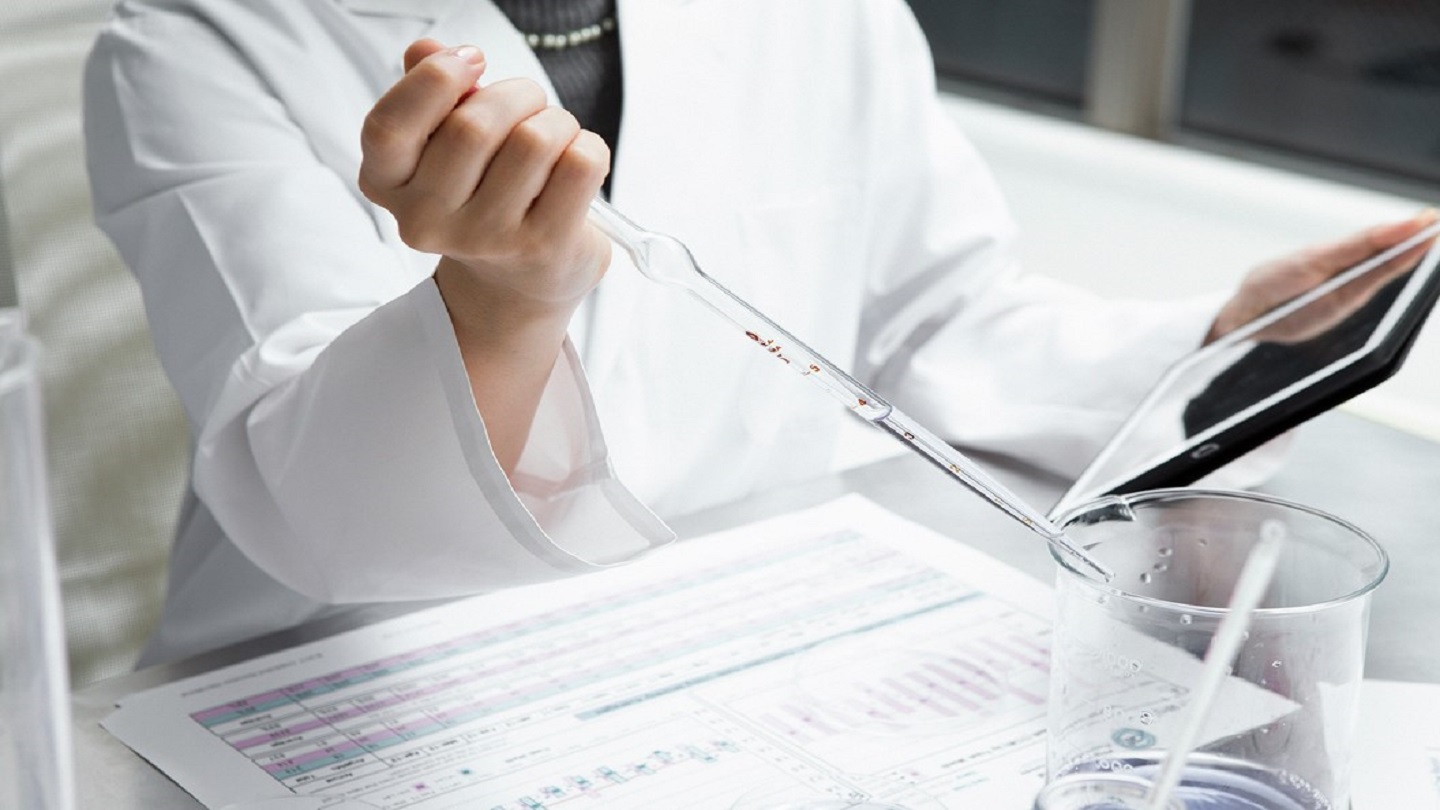NNIT has for the past 20 years supported laboratories with transforming their laboratory application landscape and has worked with applications such as Laboratory Information Management Systems (LIMS), Chromatography Data Systems (CDS), Scientific Data Management Systems (SDMS) and Electronic Laboratory Notebooks (ELN).
NNIT is a full laboratory informatics service provider with implementation, organisational change management, operation, maintenance and support capabilities. NNIT has a deep insight and understanding of laboratory workflows, functional and technical solutions and compliance needs.
NNIT has an extensive experience in delivering integrations between systems and instruments, and can support you in various areas:
- System Implementation, Upgrade, Replacement, Customization and Configuration
- System & Instrument Integration
- System & Data Migration
- Raw Data Archiving
- Data Quality Enhancement
Below are listed some of the areas where NNIT has supported laboratories transforming their laboratory applications:
Architectural vision & roadmap: Do we have an architectural vision and roadmap in place that is tied to our digital strategy? Do we understand our current architectural set-up and which gaps to close in order to fulfill our vision?
Infrastructure: Does our current infrastructure support the LoTF initiatives that we envision such as AI, ML, VR etc.? How should these indicatives tap into our existing application landscape and scientific business processes?
Application integration: Should our ELN or LIMS integrate to our SDMS and CDS? Which laboratories are in scope and would benefit from these integrations? What is the priority and sequence of the integrations? How should we build the integrations?
Data storage: Do we have a global SDMS in place satisfying the storage and archiving requirements from the business? Should an SDMS also accommodate GLP and GMP retention rules and requirements? Do we have other storage and archiving solutions in place? Have we made a clear distinguish between data storage and data archiving?
Instrument connectivity: Which categories of scientific instruments should we connect to which applications? What is the plan of attack in terms of prioritization and sequence? Which types of integrations and technologies are preferred? How should we integrate instruments that are stand-alone compared to those that are connected to the corporate network or to designated laboratory networks?
Data access & Master Data Management (MDM): Are the scientists able to easily navigate, find, access and re-use data? Is data located in silo-based applications and instruments? Do we have multiple data sources? How do we establish one golden source where master data is located and accessed?
Data standardization & vocabularies: Do we have data standards based on ontologies and taxonomies in place enabling harmonization and search of data across applications and instruments? How do we implement scientific data standards and which data formats should we use? (e.g. Allotrope Data Format, AnIML or your own?).


